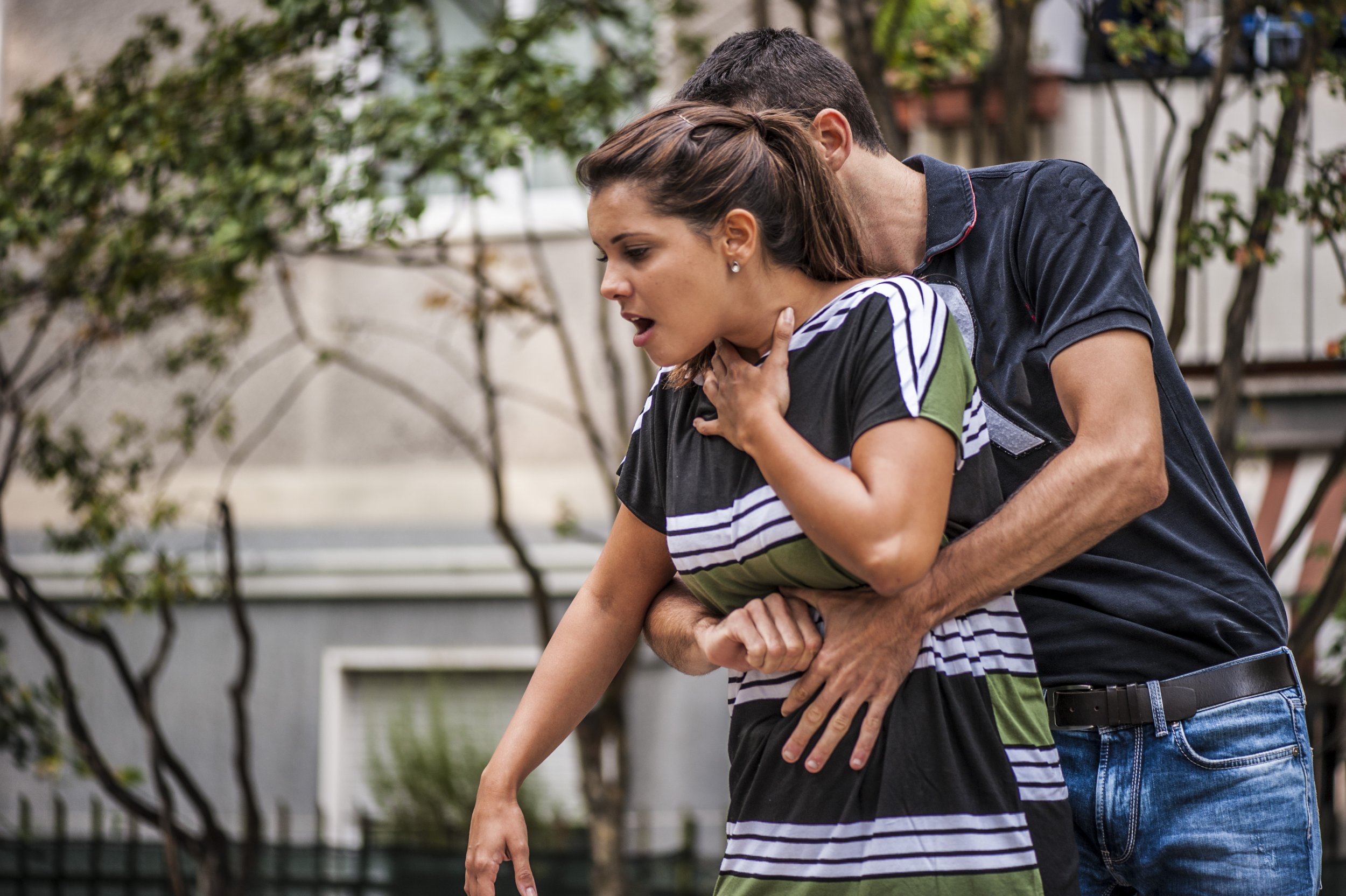
The Heimlich maneuver was first described in the June 1974 edition of Emergency Medicine, and then later that same month in the popular press with a widely syndicated article from the Chicago Daily News. The information immediately proved to be life-saving, according to PBS, and has continued to be for 45 years.
Do you know how to perform this life-saving technique to help someone who is choking?
What is the Heimlich Maneuver?
This form of emergency response is for when someone is choking. In the early 70s, American surgeon Henry. J. Heimlich realised that the current form of dealing with choking, namely delivering sharp blows to the back, didn't free food or other objects stuck in the throat, according to Britannica Encylopedia. He devised a way to use air from the lungs to expel obstructions through the means of abdominal thrusts.
The Heimlich maneuver is used only when the victim's airway is totally obstructed and they are rendered unable to speak, breathe, or to cough the object out.
How to perform the Heimlich Maneuver
According to the National Safety Council, choking is the fourth leading cause of unintentional injury death. This is why it is important to learn the Heimlich maneuver.
When an adult is unable to cough up the object or breathe properly, stand behind them and wrap your arms about their waist. You then make a fist with one of your hands and position it above the adult's navel. You then grab the fist with the other hand and press hard into the abdomen with a quick, upward thrust.
Mayo Clinic recommends performing "between six and 10 abdominal thrusts" until you see the object come out.
The American Red Cross recommends something called the "five-and-five" approach, which is five back blows and five abdominal thrusts, and alternating until the blockage is clear.
The National Safety Council recommends for a responsive pregnant victim, give chest thrusts from behind and "avoid squeezing the ribs."
If the adult loses consciousness, keep performing the maneuver but make sure someone is calling 911.
How do you perform the Heimlich maneuver on children and babies?
Performing the emergency procedure for choking on children and infants is different from adults. According to the National Safety Council, an adult should "move down to the child's level, keeping their head to one side." You then proceed as normal.
For smaller children, clear the airway, make sure the infant cannot cry, cough or breathe, and support them face down by holding the head in one hand with the torso on your forearm against your thigh.
Then give "five back slaps between the shoulder blades" with the other hand or until the object is expelled. If the object is freed, roll the infant face up, supporting the back of the infant's head with your hand, place two fingers on the breastbone just below the nipple line and give five chest thrusts about one per second about 1.5 inches deep.
If the infant becomes unresponsive or is found unresponsive, begin CPR.
Uncommon Knowledge
Newsweek is committed to challenging conventional wisdom and finding connections in the search for common ground.
Newsweek is committed to challenging conventional wisdom and finding connections in the search for common ground.
About the writer
Sophia Waterfield is a reporter for Newsweek based at its London bureau. She has written for publications such as Metro UK, ... Read more
To read how Newsweek uses AI as a newsroom tool, Click here.








